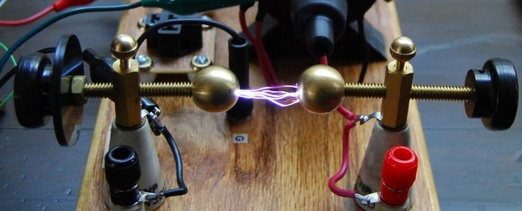That is basically true. But @OptimalHealth is absolutely correct.
The fact is that biology responds to monotonic stimuli (signals that never change) as “not information” and the biological response tends to reduce toward zero over time. This is a widely known biological phenomenon known as habituation or neuro accommodation. The explanation given above however is more of an advertisement than science. For example, a “spark chamber” is simply very old (pre-vacuum tube) technology, from about 1890, and we’ve debunked that elsewhere.
But the kernel of truth here is that signals do need to change in order to maintain their biological effectiveness. Because of this, all ICES-PEMF pulse protocols (except the few experimental constant ones, to match some published scientific paper protocols) have pulse pattern variability built into them. I have included this important feature from the very beginning, decades ago. I have put an enormous amount of research into this, and as a result, all ICES-PEMF pulse protocols have pattern variation that emulates neuro-motor development patterns which the body is evolved to recognize as important neuro-developmental signals. I have tested the effectiveness of this, and the result is that the ICES-PEMF pulse patterns become more effective over time, not less effective. They become more effective over the course of months and years, and this results in the fact that most people benefit over time (months and years) by reducing the intensity of the pulses from ICES-PEMF devices.
Many people report this observation. My personal case is typical: I use only about half to 2/3 the intensity to get the same beneficial effect as I was getting 5 to 10 years ago with the same ICES-PEMF pulse pattern.
So, yes, there is a grain of truth to the incessant attempt of PEMF marketers to sell out-dated inefficient technology as something “new and special and unique”, but really it is all just over-priced dangerous junk from an ex-Soviet bloc village somewhere in Eastern Europe. It works, sort of, but caveat emptor.
The funny thing about this post is that “spark gap” technology is random and very noisy so that it generates a lot of high-frequency EMF, which is probably harmful. But their pulses are not smoothly variable during operation, because these primitive devices are set by a crude screw-point gap to set a spark discharge voltage. So, to a technologically informed person, this post actually disproves the usefulness of the device they are trying to sell you.

But this kind of nonsense will never stop. They make their living by misinforming people who are suffering in pain and dysfunction by making false claims. People keep falling for it, and these marketers spend full time generating misinformation and marketing pulp.
